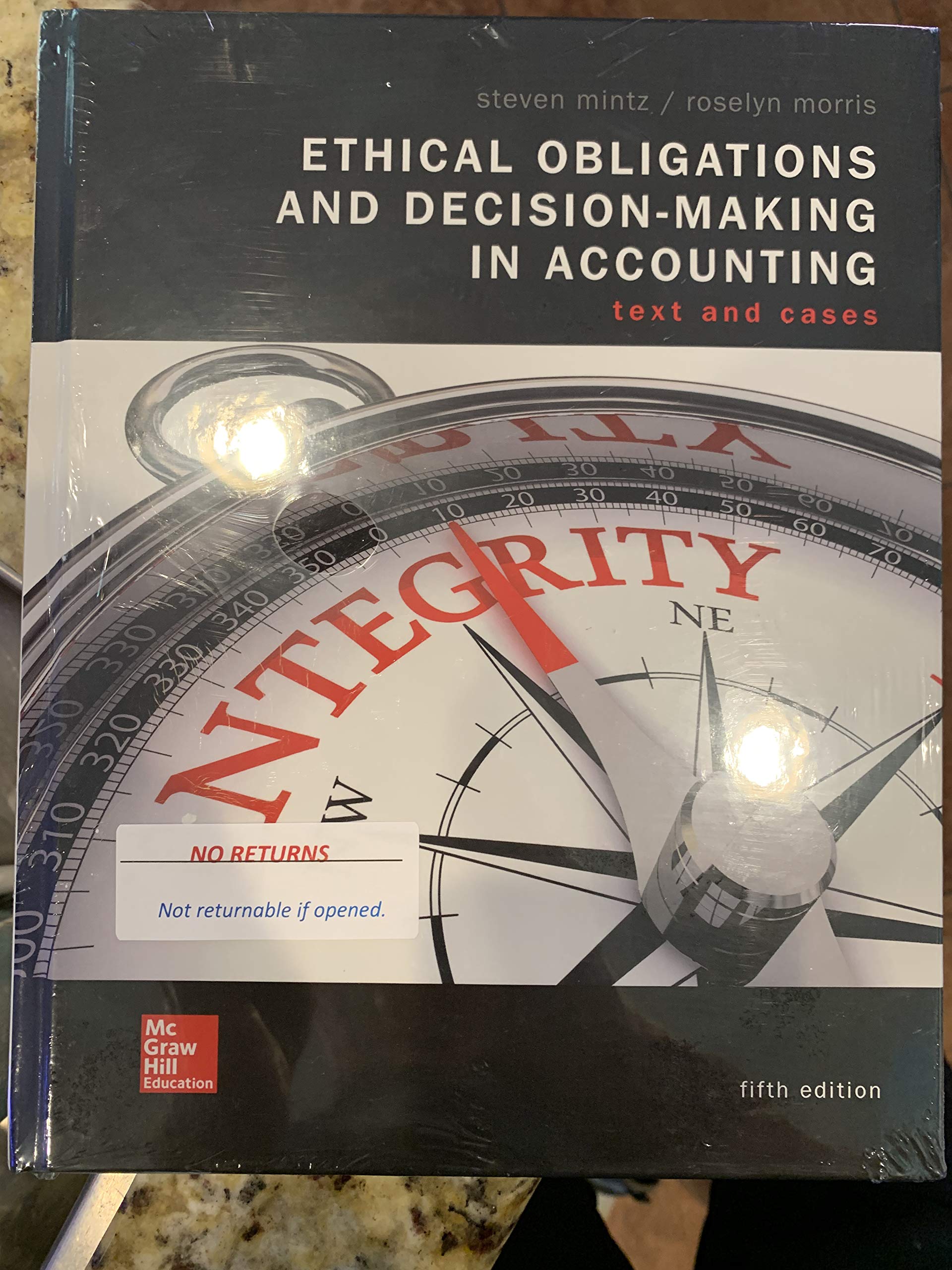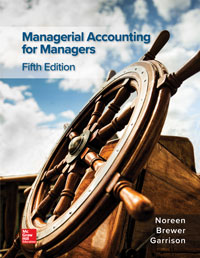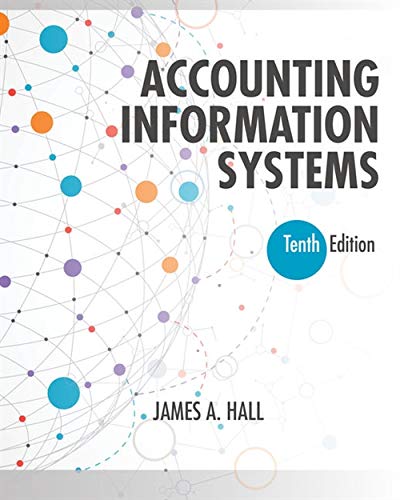Solution Manual for Ethical Obligations and Decision-Making in Accounting 5th Edition By Mintz
Solution Manual for Ethical Obligations and Decision-Making in Accounting 5th Edition By Mintz
Ethical Obligations and Decision-Making in Accounting 5th Edition By Mintz – Test Bank
Ethical Obligations and Decision-Making in Accounting
Chapter 1 — Discussion Questions
Suggested Discussion and Solutions
- A common ethical dilemma used to distinguish between philosophical reasoning methods is the following. Imagine that you are standing on a footbridge spanning some trolley tracks. You see that a runaway trolley is threatening to kill five people. Standing next to you, in between the oncoming trolley and the five people, is a railway worker wearing a large backpack. You quickly realize that the only way to save the people is to push the man off the bridge and onto the tracks below. The man will die, but the bulk of his body and the pack will stop the trolley from reaching the others. (You quickly understand that you can’t jump yourself because you aren’t large enough to stop the trolley, and there’s no time to put on the man’s backpack.) Legal concerns aside, would it be ethical for you to save the five people by pushing this stranger to his death? Use the deontological and teleological methods to reason out what you would do and why.
Is it Ethical to Save Five People at the Expense of One?
Lessons from the Talmud
The Trolley Problem is a thought experiment in ethics, first introduced by Philippa Foot in 1967. Others have also extensively analyzed the problem including Judith Jarvis Thomason, Peter Unger, and Frances Kamm as recently as 1996. The authors used these problems in ethics class to challenge students’ moral intuition.
The choice is between saving five lives at the cost of taking one life. Before we get to the “answers,” we want to explain how one researcher is using MRI technology to map brain responses while analyzing the dilemma. Joshua Greene at Harvard University was more concerned to understand why we have the intuitions, so he used functional Magnetic Resonance Imaging, or fMRI, to examine what happens in people’s brains when they make these moral judgments.
Greene found that people asked to make a moral judgment about “personal” violations, like pushing the stranger off the footbridge, showed increased activity in areas of the brain associated with the emotions. This was not the case with people asked to make judgments about relatively “impersonal” violations like throwing a switch. Moreover, the minority of subjects who did consider that it would be right to push the stranger off the footbridge took longer to reach this judgment than those who said that doing so would be wrong. Interesting results to say the least.
Many do not believe it to be ethical to intentionally end someone else’s life whether it is to save others or not. Most do not believe it is a moral responsibility to sacrifice one life in order that others may go on. If you push someone in the way to save others, you may as well say you killed a man. How could you forgive yourself? The man has a family and people who love him, so how could you explain your actions to his family?
We have no right to sacrifice the life of one person to save others. There is a saying from the Talmud, an authoritative record of rabbinic discussions on Jewish law, Jewish ethics, customs, legends and stories: “Whoever destroys a soul, it is considered as if he destroyed an entire world. And whoever saves a life, it is considered as if he saved an entire world.”
We have no right to decide who lives and who dies. Yes, if we can save one person without harming others we have a moral obligation to do so. However, to save one life while sacrificing others is an arbitrary act in many ways. What if the one sacrificed is a humanitarian, well-respected and well-known person who works tirelessly for the poor and others who can’t help themselves? What if those saved are criminals who committed murder and escaped from prison. You see the dilemma? Who are we to judge who is a good person, and be saved, and who is a bad person? We should focus on leading the best possible life we can; to serve others whether through medicine, the clergy, the law, a teacher, nurse, or first-responder.
Utilitarianism might be used to rationalize saving the life of five people by sacrificing one person’s life. We could say that more people benefit than are harmed by taking that action. This is consistent with act utilitarianism. On the other hand, a rule utilitarianism approach would posit that certain rules should never be violated in the name of maximizing net benefits. One rule is that it is wrong to take a life of another. Thus, rule utilitarianism is a modifying force on the literal application of act utilitarianism.













